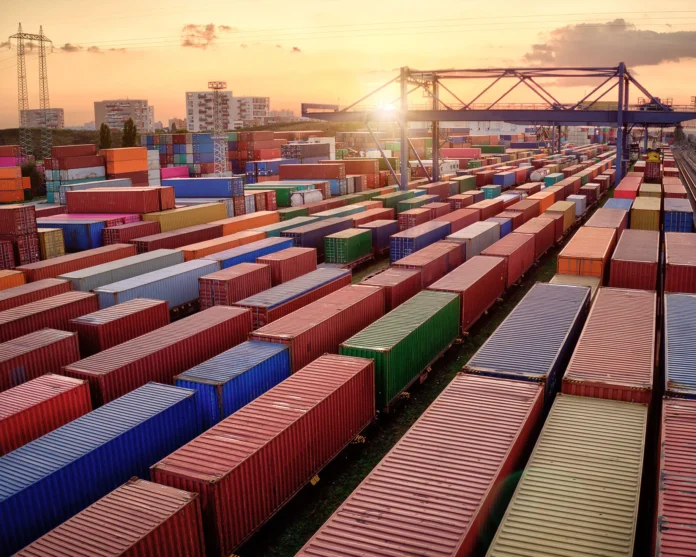Botswana’s trade deficit deepened in November 2024 as the country recorded a significant decline in export earnings, largely driven by a sharp drop in diamond exports. According to the latest International Merchandise Trade Statistics report by Statistics Botswana, the nation’s exports fell by 44.0 percent to P2.29 billion, down from P4.08 billion in October 2024. This marks one of the steepest declines in Botswana’s export performance in recent years and exacerbates the country’s persistent trade imbalance.
The data reveals that Botswana’s imports increased by 7.6 percent in the same period, reaching P9.11 billion, further widening the trade deficit to P6.82 billion. This is part of a concerning trend where the country has consistently registered trade deficits for over a year, raising questions about the sustainability of Botswana’s export-driven economy.
Diamond exports, traditionally Botswana’s largest foreign exchange earner, were the primary cause of the downturn, plummeting by 74.9 percent from P2.46 billion in October to just P618.0 million in November. The decline comes at a time when the global diamond market is facing significant headwinds, with sluggish demand from major markets such as the United States and China.
Copper exports emerged as Botswana’s top export commodity for November, contributing 34.1 percent of total exports at P780.5 million. Despite this, copper exports alone were insufficient to offset the losses from the diamond sector. Other key export commodities included machinery and electrical equipment, which accounted for 10.5 percent of total exports.
Asia remained Botswana’s largest export market, absorbing 39.5 percent of total exports, followed by the Southern African Customs Union (SACU) region at 31.4 percent. China was the single largest recipient of Botswana’s copper exports, while the UAE remained a key destination for diamonds. However, exports to traditional trading partners in Europe and North America remained low, with Belgium receiving only P117.2 million in diamond exports, marking a significant reduction compared to previous months.
On the import side, diamonds, fuel, food, beverages, and tobacco were the leading contributors, reflecting the country’s reliance on external supplies for essential goods. The SACU region accounted for 77.3 percent of total imports, with South Africa supplying the majority at 61.4 percent. Imports from Asia also played a significant role, with China and India contributing 4.6 percent and 2.5 percent, respectively.



